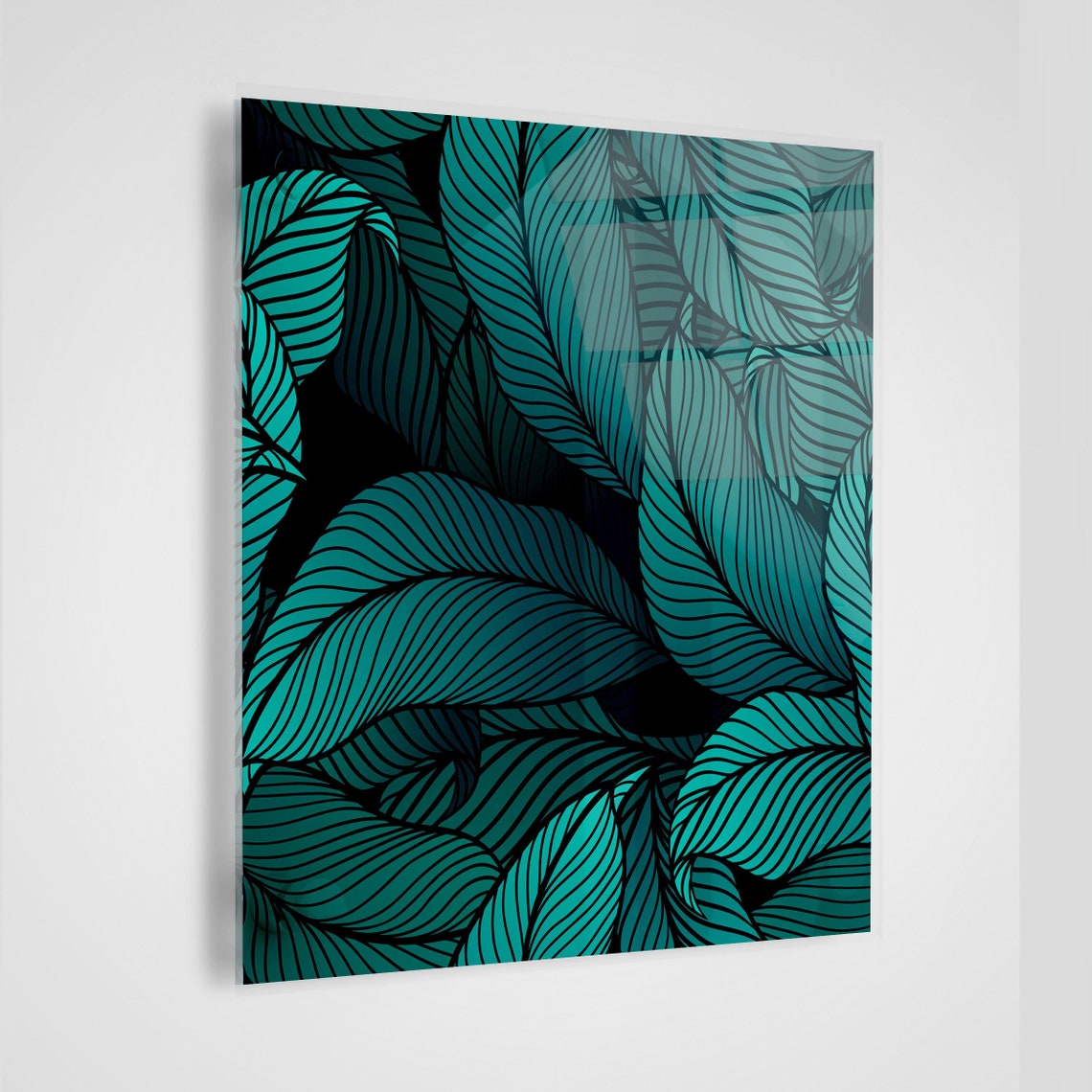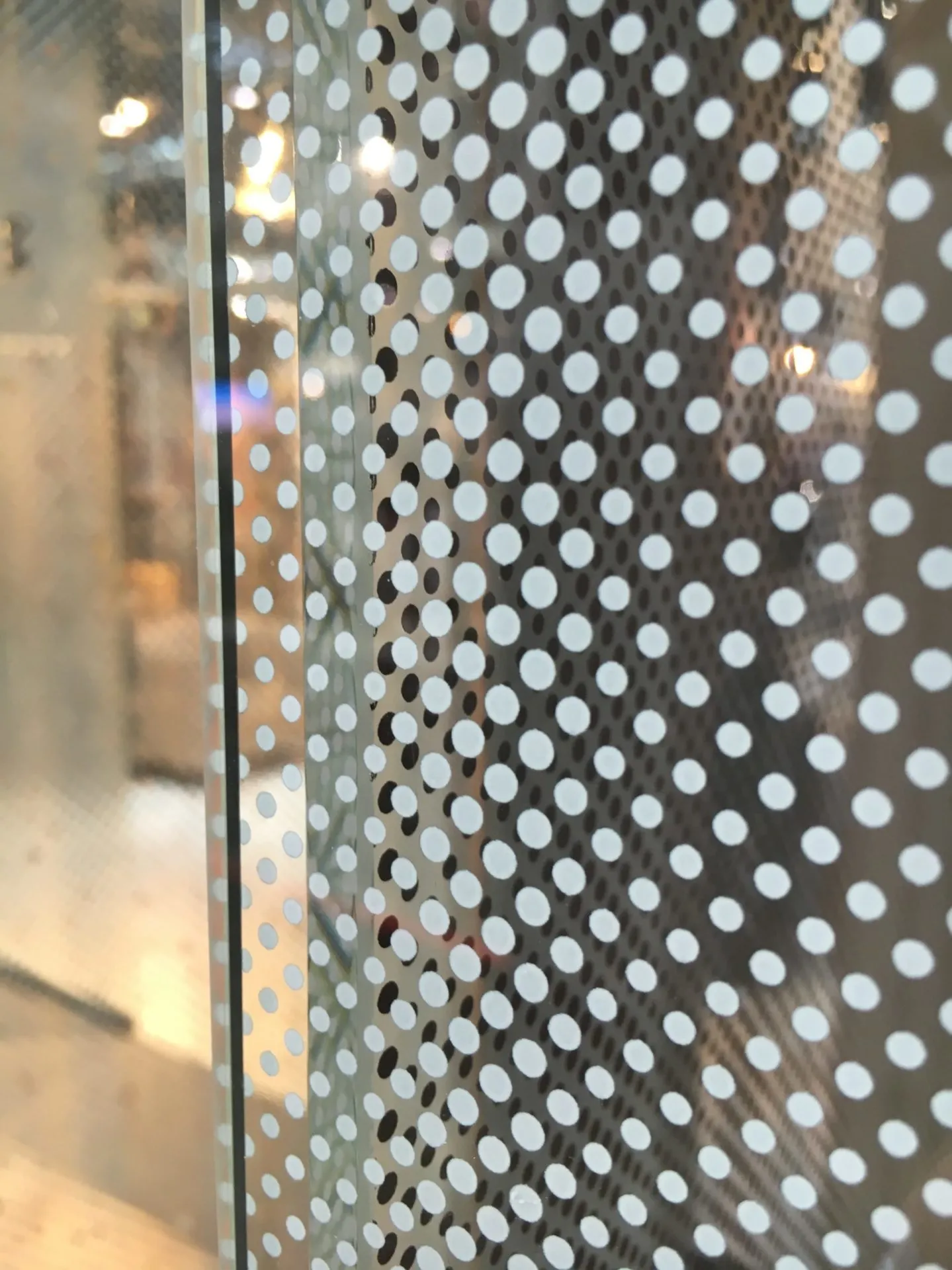

The acrylic we use is also laser cut and diamond polished giving ultimate clarity for your work behind it. There are far fewer examples of broken acrylic as a result of heavy handling by couriers and due to it’s lightweight nature it allows us to keep our shipping costs down so that you, the photographer, can make even more dosh from your IPS sessions! If we were shipping glass in a big 30×24 multi aperture then the postage costs would be around double what we currently charge so another win for acrylic. Our large Multi Aperture Frames for example are incredibly popular with our newborn and family photographers and I personally feel far happier sending them out with acrylic rather than glass.Īnother huge benefit is that acrylic will not break in transit. Acrylic is lightweight and shatterproof! Much lighter than glass and 100% less likely to shower broken bits of itself all over your living room/children/dog/cat if damaged. This makes acrylic far more preferable to photographers who work with children, babies and families. Over the last ten years the use of Acrylic in frames has sky-rocketed, and for good reason. So Acrylic! You’ll probably know it as Polymethyl Methacrylate right? No? well it’s sometimes called plexiglass as well. So if you love acrylic so much why don’t you marry it? We wouldn’t want anything compromising the finished product & print quality and if you’ve got a green tinted baby then no one is going to be happy. There is often a green tint to glass (science hat on) due to the iron content in nearly all commercial glass.

GLASS PHOTO PRINT WINDOWS
I have it in my windows at home you northern liar!” I’ll not take it personally. Last but not least you have the tint! What tint you cry! “Glass is glass and see-through. For example our stunning Vintage frames would never have a problem but with thin, modern profiles most framer’s would recommend acrylic in sizes 20×30” and above to avoid this issue. Obviously some frame mouldings handle this better than others. The weight of the glass on large frames can actually cause some mouldings to bow over time. Remember how I mentioned how glass is heavy and makes your frames feel luxurious and expensive? That extra weight is not great at all in large frames.
GLASS PHOTO PRINT PLUS
Plus when glass breaks it can really do a number on the print below! For any of you with children you will know that anything can and often will happen! It’s much better to take away the risk of a frames glass shattering and someone being injured on a broken shard. Another incredibly important aspect to this problem is that glass should never be used in rooms where children are likely to be playing, sleeping, ect.
GLASS PHOTO PRINT PRO
Its first and foremost for this reason that ourselves and most other pro labs in the UK go for the shatter-proof acrylic. Far too many frames were damaged in the past due to glass breakages and speaking to my colleagues in the industry, everyone has the same problem. Even with dedicated courier services such as we use, glass is always a huge pain to ship. Shockingly, glass is highly breakable and especially so in transit. I mean, THE worst! If you can humour the writer for a second then let’s take a look at the realities of glass in framing.

However, what has become obvious over time to both ourselves and many, many other pro labs is that glass is the absolute worst. This brings the cost way down for the manufacturer plus glass can be much more resilient to harsh cleaning agents that some people might mistakenly use on them. This is mainly due to the fact that glass is incredibly inexpensive when compared to the acrylic. The frames in your parent’s home have glass in them and yes, the frames that some other print companies use have glass in them! The frames in most high-street stores have glass in them. The frames in Ikea (other multi-billion dollar Swedish home décor megastores are available – probably) have glass in them. It’s a classic, its weighty and makes your frames feel super expensive. Lets get the obvious out of the way right now, framers have always used glass in the past.


 0 kommentar(er)
0 kommentar(er)
